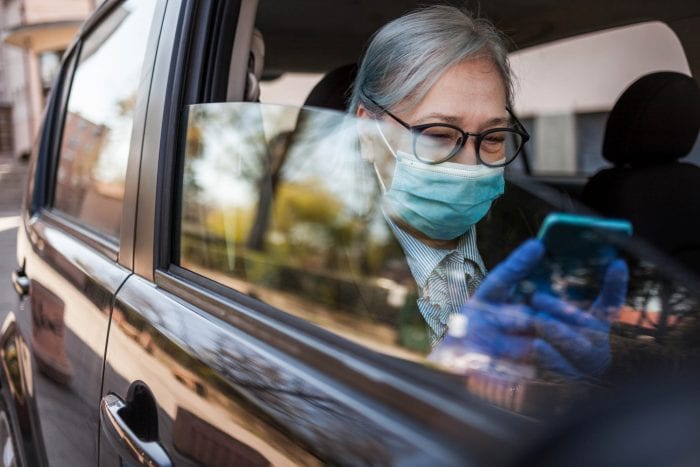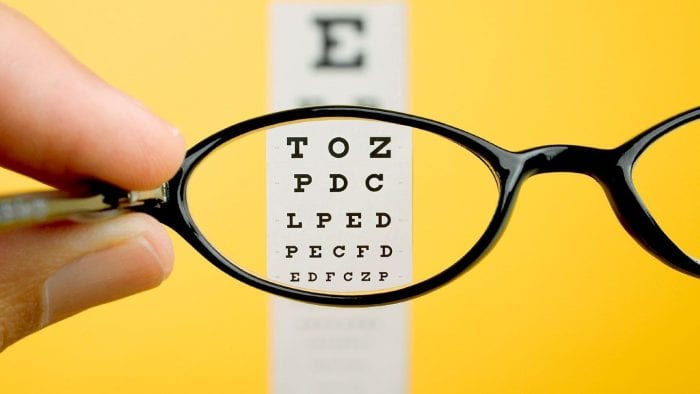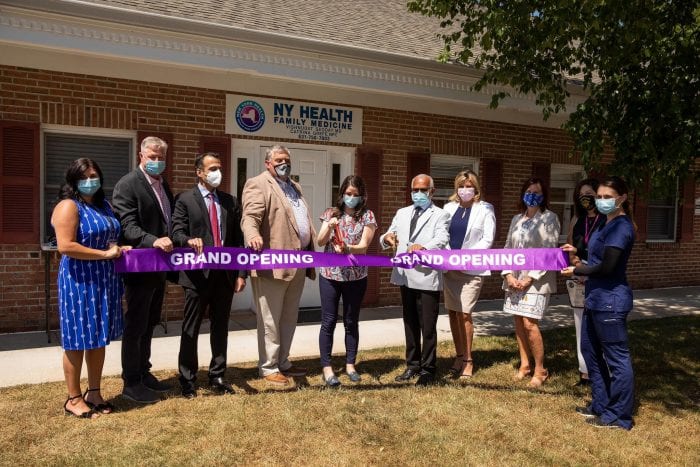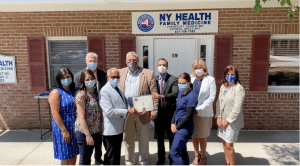With Suffolk County entering Phase 4 of a planned reopening, County Executive Steve Bellone (D) provided his final daily media update on the county’s response to the virus. The County Executive had conducted 122 such updates, as residents suffered personal and economic losses that extend far beyond the daily numbers and statistics.
“We reached the final stage of reopening” today, Bellone said. The county has gone “up the mountain and made it down the other side. In the process, we’ve seen terrible tragedy and acts of extraordinary heroism.”
Entering Phase 4 marks a “new stage” in this unprecedented event,” Bellone added.
Even as the county executive is pleased that the county has moved to Phase 4, in which people can gather outdoors in groups of 50 instead of 25 and some businesses that had remained closed can reopen, he is still aware of the additional work necessary to open other enterprises that remained closed, such as gyms, bowling alleys, catering facilities and movie theaters.
Gyms have presented plans for reducing risk, such as individual workout sessions and class-based reservations that would allow contact tracing to reduce risk, Bellone said.
Asked about reopening schools, which will affect so many families and teachers across the county, Bellone said he thinks schools “need to reopen. That needs to be done safely.”
He suggested that putting together those plans was complicated, but that it shouldn’t be a divisive or political issue.
“We know it is good for kids to be in school,” Bellone said. “We can not have a whole generation of kids that are falling behind. We know the devastating impact that would have.”
The county executive called on the federal government to provide relief to schools to prevent them from having to cut areas that he deemed critical, such as arts, music, sports and staff. Reopening schools will require additional expenses, as schools will not be able to operate normally.
“Right now, schools are worried about paying for the basics,” Bellone said. A federal government that didn’t provide disaster assistance would be “absolutely unconscionable.”
Viral Numbers
The number of people who tested positive for the coronavirus was 69, which represents a 1.7 percent positive rate for new tests. While that percentage is higher than the recent average, which is closer to 1.1 percent, Bellone said he doesn’t put too much stock in any one day’s data.
The total number of people who have tested positive for COVID-19 is 41,799.
The number of people who have tested positive for the antibody but who didn’t have symptoms of the disease is 20,104.
The number of people in the hospital declined by seven to 50, which is “an amazing number considering where we’ve been.”
The number in the Intensive Care Units is nine.
Overall hospital bed occupancy was at 68 percent, while ICU bed occupancy was at 59 percent.
Six people were discharged from the hospital in the last day.
The viral death toll held steady at a revised 1,984, as no residents died from complications related to the coronavirus.
To prepare for a possible second wave of the virus, the county developed a contact tracing program and has worked through procurement to stockpile some personal protective equipment.
Police Rules for Protests
The Suffolk County Police Department put several new rules in place in connection with any future protests.
For starters, demonstrators need to contact the SCPD at least 24 hours in advance to indicate the route they plan to take. They can call (631) 852-6110 between 8 a.m. and 11 p.m. from Monday through Friday.
Protests are prohibited from congregating in the street and disrupting the flow of traffic. Police said people who don’t comply with this rule are subject to enforcement action.
Demonstrators cannot block vehicular or pedestrian traffic and may not enter private property without consent.
Demonstrators may also not walk in the traffic lanes of a roadway when prohibited.
Finally, people who are older than two years old who can tolerate a face mask medically is required to wear one in situations where maintaining six feet of social distancing is not possible.
















